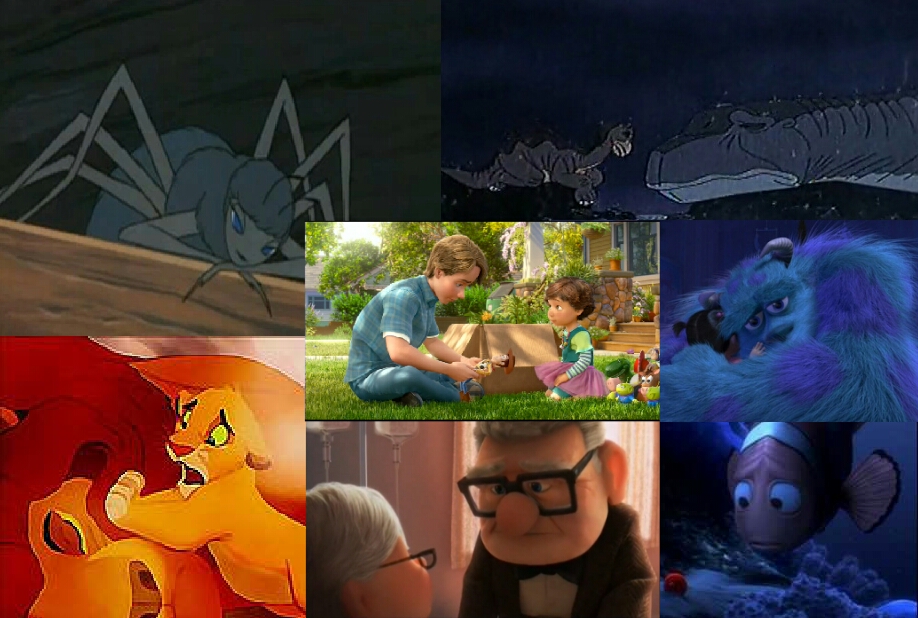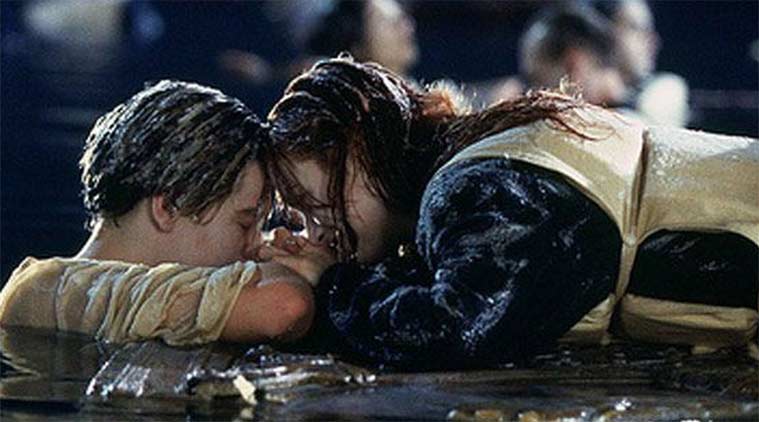
How To Write Sad Movie Scenes
Knowing how to write sad movie scenes can make those somber moments in your script shine. But how do you get there? How do you write a sad movie scene that will make your audience feel the same way your characters are feeling?
There’s no one answer to that question, but there are some things you can keep in mind that will help you write sad scenes that pack an emotional punch.
Hallmarks of Sad Movie Scenes
Before we get into discussing the tips to writing sad movie scenes, we need to get familiar with the hallmarks that make up those scenes. There are certain hallmarks of sad movie scenes.
One of the most common is when the character is in a downward spiral and there seems to be no hope for them. This can often be accompanied by someone close to them dying, or them losing something important. Another hallmark is when the character breaks down into tears in a public setting. This can often be because they have hit bottom and have nowhere to go but up. Another common hallmark of sad movie scenes is when the music is particularly melancholic and helps to set the mood for the scene.
There’s also often a slow-motion shot of the character’s face as they experience something particularly devastating. Everyone’s also familiar with the cliché of the character looking out a window wistfully as they remember happier times.
These are just some of the hallmarks that often appear in sad movie scenes. All of these elements can come together to create a truly heartbreaking scene that will stay with you long after the credits have rolled.
Examples Of Sad Movie Scenes

One of the most famous sad movie scenes is from the movie “The Notebook.” In the scene, Noah (played by Ryan Gosling) is telling Allie (played by Rachel McAdams) that he will never leave her. She interrupts him to say that she needs to go, and then walks away. This scene is heartbreaking for fans of the movie because it shows the beginning of the end of their relationship.

Another famous sad movie scene is from “Titanic.” When Rose wakes up to find Jack dead beside her, it is one of the saddest movie scenes ever. It is made even more heartbreaking by the fact that she could have saved him but didn’t. The look on her face when she realizes that he is gone is just devastating. All of the hope that she had been clinging to is gone, and she is left with nothing but sadness. This scene is a perfect example of why Titanic is such a heartbreaking movie.

Who could forget the sad movie scene in Lion King? When Mufasa died, it left Simba feeling completely alone in the world. The look of sadness and confusion on Simba’s face as he watches his father die is heartbreaking for audiences.

Finally, a sad movie scene that is often overlooked is from “The Fault in Our Stars.” In the scene, Augustus (played by Ansel Elgort) tells Hazel (played by Shailene Woodley) that he thinks she is beautiful, even though she doesn’t believe it herself. This scene is sad because it highlights how much Augustus loves Hazel, and how much he wants her to see herself the way he does.
These are just a few examples of sad movie scenes that have resonated with audiences over the years. There are many more out there, but these are some of the most famous and memorable ones.
Tips For Writing Sad Movie Scenes
1. Know Your Characters
This is important for any scene you write, but it’s especially important for sad scenes. Why? Because in order to make your audience feel empathy for your characters, they need to be relatable. And the only way to make them relatable is to know them inside and out. What motivates them? What are their fears? What are their hopes and dreams? Once you know all of that, you can start to craft scenes that will play off of those emotions and create an emotional reaction in your audience.
2. Use Contrasting Emotions
Sad scenes don’t have to be all doom and gloom. In fact, using contrasting emotions can make the scene more powerful. For example, pair a sad moment with a happy one, or add a touch of humor to lighten the mood. This technique can help create an emotional roller coaster for your audience, which will keep them engaged and make the sad moments even more powerful.
3. Don’t Shy Away From Tough Topics
It can be tempting to avoid tough topics in your screenplay, but if you want to write a truly powerful sad scene, you need to be willing to go there. Tackling difficult subjects like death, loss, and betrayal can be a risky move, but if done correctly, it can pay off big time. Just make sure you do your research and take the time to develop your characters fully so that your audience will feel their pain as if it were their own.
4. Use Music Wisely
Music is a powerful tool when it comes to writing sad movie scenes, and using it wisely can help you create an emotional wallop. Try selecting music that is sad but not too sentimental. And make sure the lyrics are appropriate for the scene you’re trying to write. Choosing the right piece of music can help set the mood and take your scene to another level.
5. Let the Scene Play Out Naturally
Sometimes, the best way to write a sad movie scene is to let it play out naturally. Avoid forcing the emotion and instead, just allow the characters to react in a believable way.
This takes patience and practice, but if you can master it, you’ll be able to create powerful scenes that feel real and true to life.
6. Use Your Own Emotionality
Start by brainstorming a list of potential sad scenes for your movie. Once you have a few ideas, start writing out each scene in detail. Be sure to include plenty of emotion and description to make the scene truly effective. Pay attention to how you felt when you experienced something sad in your own life. Use those feelings to inform your writing and help create believable, heartbreaking scenes for your movie.
7. Utilize Backstories
When writing a sad movie scene, it is important to give the characters backstory so that the audience can feel invested in their journey. This will help to make the scene more powerful and emotional. Additionally, be sure to use descriptive language to set the tone of the scene and create an atmosphere of sadness.
8. Use Sad Scenes To Further Character Development
Sad scenes in movies are often used as a way to further the development of the characters. By having a character experience sadness, the audience gets to see another side of them and learn more about their personality. In some cases, sadness can even be used to help make a character more likable or relatable.
9. Not All Sadness Is Equal
When writing a sad scene, it’s important to remember that not all sadness is created equal. There are different types of sadness, each with its own unique purpose and effect. For example, you wouldn’t want to use the same type of sadness for a scene where a character is grieving the death of a loved one as you would for a scene where a character is feeling regret over a mistake they made.
10. Use Details
One of the most important things to remember when writing sad scenes is to include plenty of details that will help convey the emotion. The more specific and concrete your details are, the easier it will be for the audience to understand and feel what your character is going through.
Some things you might want to consider include:
What is the character’s physical state? Are they standing, sitting, or lying down? Are they in a public or private space?
What are they wearing? Are their clothes clean or dirty? Are they in a good mood or a bad mood?
What are they doing? Are they talking on the phone, cooking dinner, or taking a walk?
What are they saying? What words are coming out of their mouth? Are they speaking in complete sentences, or are they just mumbling to themselves?
What is the atmosphere like? Is it dark and gloomy, or bright and cheerful? Is it raining, snowing, or sunny outside?
All of these details will help create a more vivid picture for the reader, and will help them feel as if they are right there in the scene with the character. Be careful not to overdo it.
While it’s important to include plenty of details in your sad scenes, you don’t want to go overboard. If you include too many details, it can start to feel overwhelming or even tedious for the reader. As a general rule of thumb, aim to include one or two details per sentence. That way, the audience can focus on each individual detail without feeling overwhelmed.
By following these tips, you’ll be well on your way to writing sad movie scenes that pack an emotional punch. So don’t be afraid to explore those dark corners of human emotion – they can make for some of the most powerful scenes in your screenplay.
Related:
- Do You Have To Live In LA To Be A Screenwriter?
- Are Screenwriting Contest Worth It?
- How To Pitch A Screenplay To Netflix